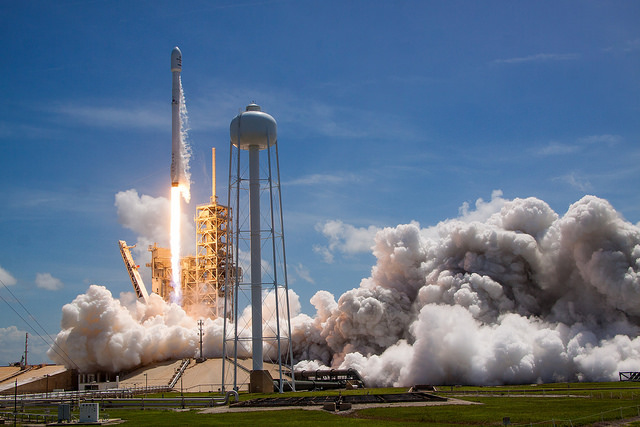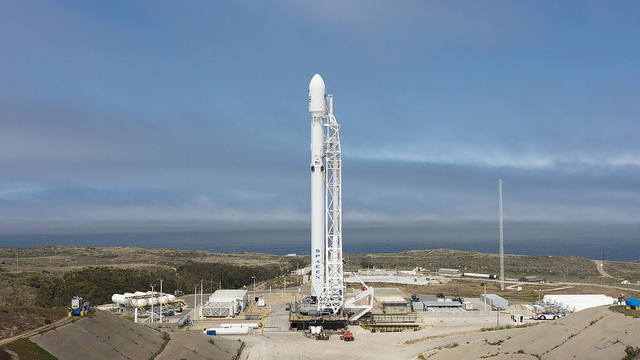
The news from space exploration is constantly amazing.
- India is making progress in their exploration efforts, with both their GSLV and PSLV rockets.
- SpaceX has successful launches on 6/23 and 6/25
6/5/17 – Behind the Black – India successfully launches it first GSLV Mark 3 rocket and Space.com – India Just Launched Its Heaviest & Most Powerful Rocket Yet – The new Mark 3 of the Geosynchronous Satellite Launch Vehicle lifted a 6,913 pound satellite into geosync orbit. Lift capacity is 8,818 lbs. Article says that is double the capacity of the Mark 2.
Nice video of the launch embedded in the Space.com article. Cool to see the solid rocket boosters fall away and watch the sat separate.
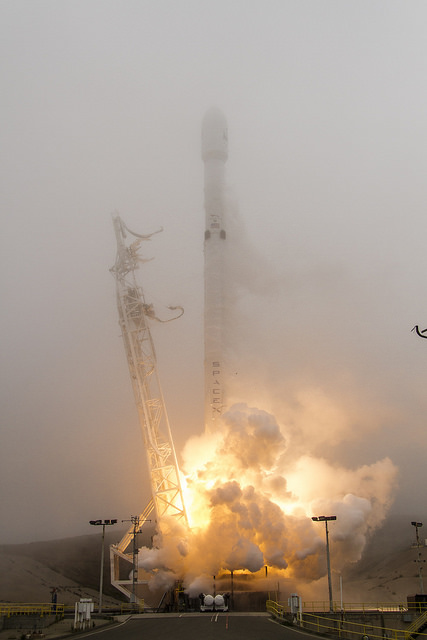
5/19/17 – Wall Street Journal – Who’s in Charge of Outer Space? – The immediate answer is a document called the Outer Space Treaty. It addresses how things are done outside the atmosphere. That document is 50 years old and did not anticipate private players in outer space.
One expert summarized the treaty as covering two rules: the Golden Rule (do unto others as you would have them do unto you) and don’t do stupid stuff (things that will harm others or get in their way).
Those rules, or at least the casual summary describing them, are too vague for commercial operations.
To illustrate the issue, how do you consider the moon and asteroids. Are they commons, like a community park? The illustration here is everyone can visit a park and enjoy it, but you can’t chop down a tree in the park and take it home.
On the other hand, is the moon like the ocean? Anyone can fish in the ocean as long as you follow the minimums of international law.
Another issue – whose rules govern behavior when people from several countries are living on the moon?
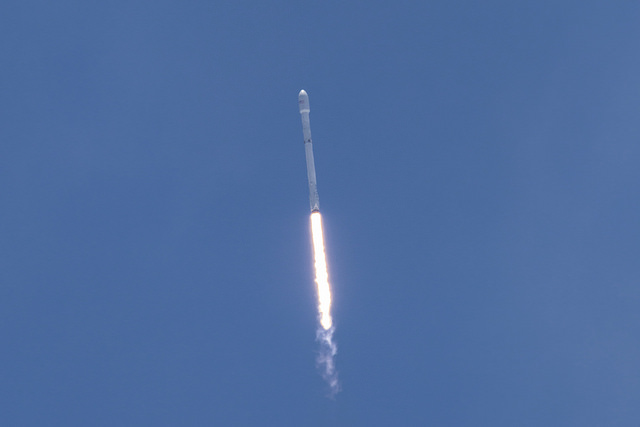
6/23/17 – Behind the Black – India’s PSLV rocket successfully launches 31 satellites – In their fourth launch for the year, India placed 31 satellites in orbit, of which 30 are smallsats. With an additional 4 launches scheduled this year, India is moving up the list of countries with successful launches.
6/23/17 – Behind the Black – OneWeb wins FCC approval for 720 satellite internet constellation – OneWeb plans to put a constellation of 720 sats into orbit to provide internet access around the world. Very cool.
Oh, SpaceX plans its own constellation of sats to provide ‘net access. Extra cool.
Competition. They will both be better because they have to strive to stay better.
6/23/17 – Space.com – On a Roll? SpaceX Launches, Lands Used Rocket Once Again, With “Highest-Ever Reentry Force” – A Falcon 9 lifted BulgariaSat-1 into orbit from Kennedy Space Center in Florida.
The Falcon 9 booster was recycled, having previously lifted 10 sats into orbit for Iridium in January.
The booster was recovered.
This is the 12th recovery of a booster, the 2nd reuse of a booster, along with 1 reuse of a Dragon capsule.
6/25/17 – SpaceX launched a Falcon 9 on Iridium-2 Next Mission carrying 10 satellites to low earth orbit. I got to watch this launch live. This is the second launch of satellites for Iridium to replace their current constellation.
This launch was from Vandenburg AFB in California.
The booster was recovered on the landing barge “Just Read the Instructions”. Video on the landing was fantastic, the clearest I’ve seen.
That makes 13 recoveries of a booster.
Very cool.
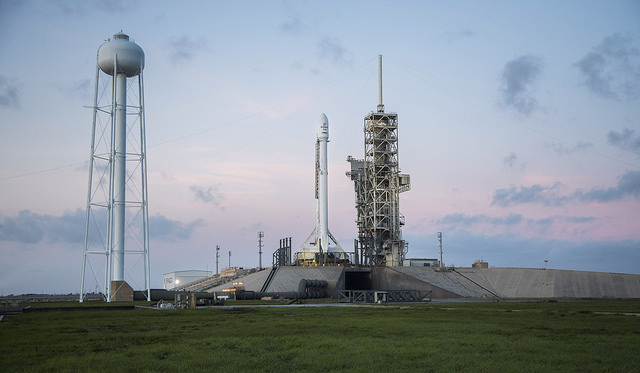
6/25/17 – Space.com – Liftoff! SpaceX Nails Second Launch in Three Days – Think about the capabilities needed to launch on 6/23 and again on 6/25. There were two separate launch teams, one in at Kennedy Space Center in Florida and another one at Vandenburg in California.
Nine flights so far in 2017 puts SpaceX ahead of their launch rate in 2016, with half the year to go. Their target is 20 launches in 2017.
Article gives some info on the prices. Iridium has a contract for 8 flights at cost of $536M. That would be $67M each. The last flight in the series will have Iridium sharing the ride with another company. It is still Iridium’s launch, so the other company will pay Iridium $31.8M.
Spread the $67M across the 10 satellites carried on each launch means the per sat cost is $6.7M for the lift into space.
SpaceX says their manifest has 70 launches worth $10 billion. Ponder that – a private company using new, proprietary rockets has a ten billion dollar backlog for space launches. Astounding.
